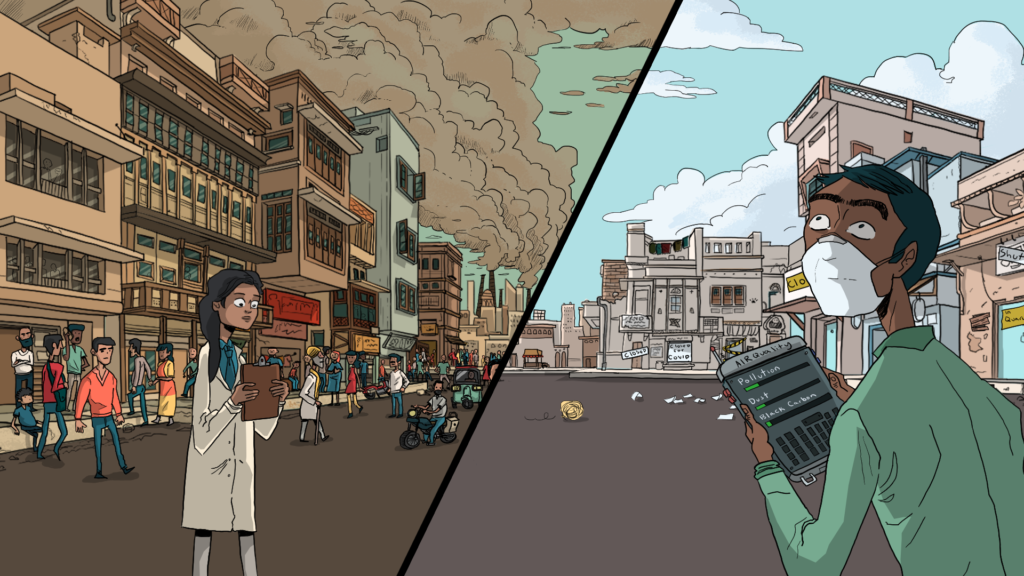Atmospheric data from India’s COVID-19 lockdown reveals how black carbon affects climate

Using atmospheric data collected in India during COVID-19 lockdowns in 2020, an international team of scientists has found that black carbon in India regulates dust loadings in the entire country. The researchers also found that climate interactions between black carbon and dust caused the Indian summer monsoon season to start later than usual during the 2020 lockdown.
Black carbon in India modifies the atmospheric winds, which determines dust transport from the Middle East and the Sahara and local dust emissions, says Xiaohong Liu, professor in the Department of Atmospheric Sciences at Texas A&M University and a corresponding author of the research, recently published in Nature Communications.
“Black carbon, a type of aerosol from human activities, was dramatically reduced in northern India in April-May 2020 during COVID-19 lockdowns,” Liu says. “Surprisingly, we found that dust, which is a natural aerosol, also reached a record low in India. By analyzing the atmospheric data, we found that the low dust level was caused by reduced atmospheric heating of black carbon during lockdowns, which induced the easterly wind anomalies, and thus reduced the dust transport from the Middle East and the Sahara. We found that aerosol-climate interactions delayed the outbreak of the subsequent Indian summer monsoon in 2020.”
Zheng Lu, an associate research scientist in the Department of Atmospheric Sciences at Texas A&M University, is also a co-first author of this research.
India is a hotspot for air pollution and has heavy black carbon and dust levels, the researchers explained. Atmospheric aerosols, such as black carbon and dust, can scatter and absorb incoming solar radiation, thus heating the atmosphere and cooling the surface. These changes can then further alter atmospheric circulation, temperatures, and precipitation.
“Black carbon is a strong absorber of solar radiation. By heating the atmosphere, it can induce vertical motion of the atmosphere and change temperature vertical profile, thereby affecting atmospheric stability, cloud amount, and atmospheric circulation,” Liu says.

